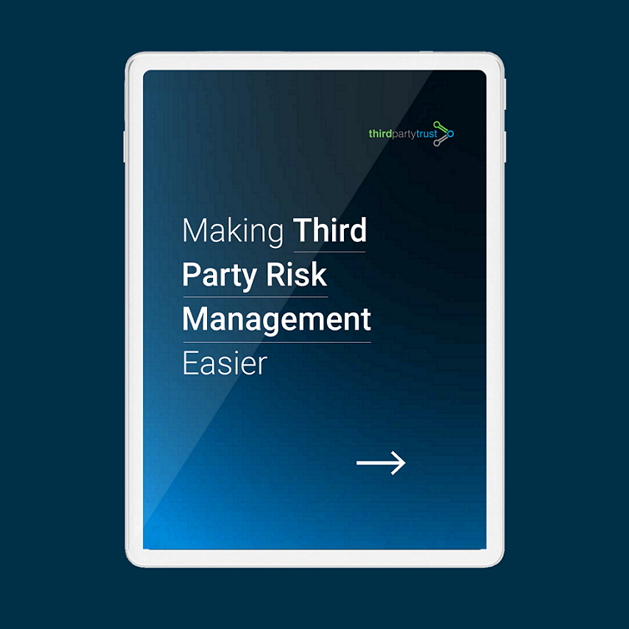Cyber Risk Prioritization: 9 Tips to Put Cybersecurity First
Does your organization have cybersecurity as a priority?
The rapid shift to remote work and the accelerated digital transformation from last year have helped cybersecurity make its way into collective consciousness. As we enter a new era of hybrid workplaces, it’s vital to take a step further and embed security into every aspect of an organization.
The fourth week of Cybersecurity Awareness Month, led by the Cybersecurity and Infrastructure Security Agency (CISA) and the National Cyber Security Alliance (NCSA), runs under the theme “Cybersecurity First”. So how to operationalize this concept and ensure security is truly built-in priority with no impact on productivity?
Poor Cybersecurity or Low Priority?
The first step is always awareness of the situation.
During the pandemic, mass remote work expanded the corporate attack surface, and exposed new gaps in protection ruthlessly exploited by threat actors. They targeted unpatched Virtual Private Network (VPN) services and Exchange servers, hijacked Remote Desktop Protocol (RDP) endpoints protected by weak or breached passwords, as well as misconfigured cloud systems, and more.
In general, attackers use a variety of vulnerabilities and phishing attacks to compromise the security of networks and devices, as well as execute identity theft and scams.
Read More: How to Prevent Phishing in the Workplace
According to CISA, as of 2021, there is a ransomware attack every 11 seconds, up from 39 seconds in 2019.
However, as much as cybercriminals step up their game, human error still accounts for 95% of all cybersecurity breaches. This is especially worrying considering that 77% of organizations do not have a cybersecurity plan to prevent or respond to attacks.
Being online, using SaaS solutions, and engaging with third party vendors have inherent risks. Some are more severe than others. But poor cybersecurity can make your organization, and often those you connect with, more vulnerable to those risks.
It’s not only the cost of the actual data breach, but also the costs of litigation, recovery, customer compensation, the effect on reputation, compliance risk, credit risk, etc.
To approach these threats effectively and protect interconnected business networks, cybersecurity prioritization would do much to eliminate the gaps so frequently exploited by attackers.
Secure-by-design is a key principle of the GDPR that states security must be built-in rather than bolted-on. So what does it look like in practice?
Simple Tips to Make Cybersecurity A Priority
- Train your employees. People and emails are the foremost cause of data breaches because they are a direct path into your system. You can turn the ‘weak link’ into a formidable first line of defense, and help create a culture of cybersecurity first.
- Use a Zero Trust approach. This is an increasingly popular way to reduce risk through continuous authentication and other controls.
- Focus on access management. Using the principle of least privilege and multi-factor authentication could prevent 90% of attacks.
- Keep antivirus and all software updated. Make sure all your computers, Internet-connected devices, phones, and tablets are patched and equipped with regularly updated software, including antivirus, firewalls, email filters, and anti-spyware.
- Secure your networks. Use a firewall, encrypt data, and change your router’s default password.
- Perform risk assessments and continuous monitoring. Vetting the third party supply chain will help to proactively address a major source of cyber risk.
- Use strong passphrases and password managers. Make it a requirement to use unique, strong passwords including uppercase letters, lowercase letters, at least one symbol, numbers, and 10 or more characters. Encourage the use of password managers to create and store them securely.
- Backup your data routinely on an offline device. Backup data could include word processing documents databases, electronic spreadsheets, financial files, human resources files, accounts receivable/payable files and employee information.
- Control physical access. Control access to backup data as well as corporate devices. Administrative privileges should only be given to trusted IT staff and key personnel.
Read More: 10 Tips from a CISO to prevent Ransomware
May the new normal change cybersecurity’s status from ‘afterthought’ to ‘priority’. As cyberattacks and their consequences grow, the imperative for cybersecurity and resilience is becoming increasingly important, not just to businesses, but also homeland security, schools, and individuals.

Put Cybersecurity First In Your Supply Chain
Rising regulatory pressure is coupled by increasing third party risks, and your organization needs to extend cybersecurity practices beyond its own perimeter.
This strategy guide explains how to sustain a secure vendor ecosystem by solving security and compliance problems for enterprises and third party vendors.




